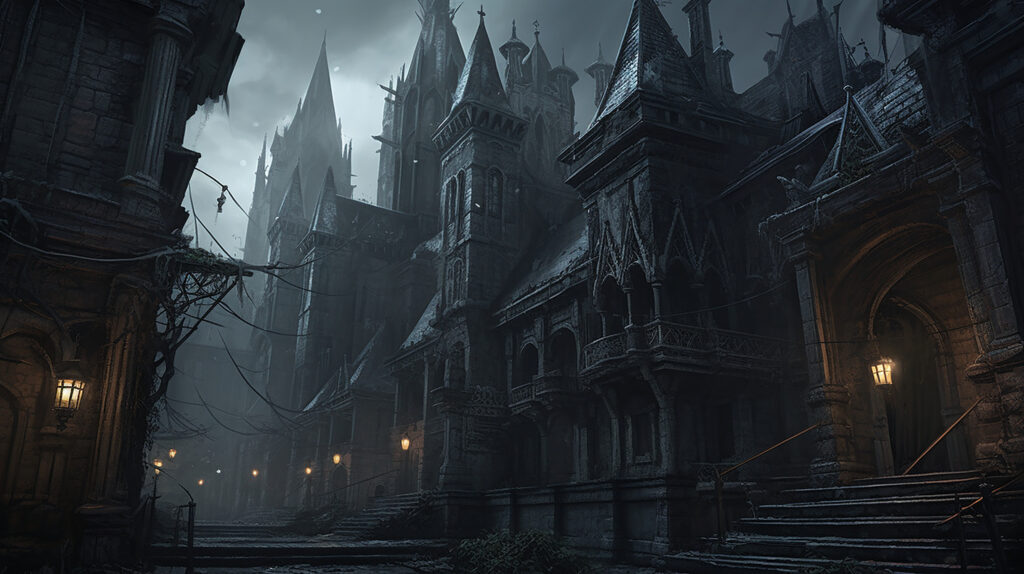
As the days grow shorter, and a chill creeps into the air, our thoughts turn to Halloween and often, Haunted Houses. When we think of these Haunted Houses, we typically have one form of design that comes to mind: Gothic architecture. This ancient style, with its pointed arches, flying buttresses, and intricate ornamentation, has become linked to the spookiest season of the year.
But why?
As it turns out, we probably have Dracula to blame.
Gothic architecture emerged in the 12th century in Europe, particularly during what is known as the Medieval Period. Characterized by its tall, soaring structures, cathedrals, and castles, Gothic architecture evoked a sense of awe and wonder.
Fast forward to modern times, and we find that the Gothic style has left an indelible mark on our collective imagination. The dramatic and ominous presence of Gothic buildings like Notre Dame in Paris and Westminster Abbey in London has become a staple in literature, film, and pop culture, particularly in the horror genre.
One figure who has contributed significantly to the association of Gothic architecture with Halloween is Bram Stoker’s Dracula. Published in 1897, the novel tells the story of the undead Count Dracula, who resides in a Gothic castle on a Transylvanian hill. This setting, with its dark, brooding architecture, became the epitome of the Gothic horror aesthetic. Dracula’s castle and its grim features, from the imposing exteriors to the labyrinth interiors, are essential elements that link the Gothic style to the eerie and supernatural.
The dark, shadowy corners, hidden passages, and the sense of history that clings to these structures create the perfect backdrop for tales of ghosts, vampires, and other supernatural beings. It’s this rich ambiance that makes Gothic architecture an irresistible choice for Halloween-themed events and decorations.

